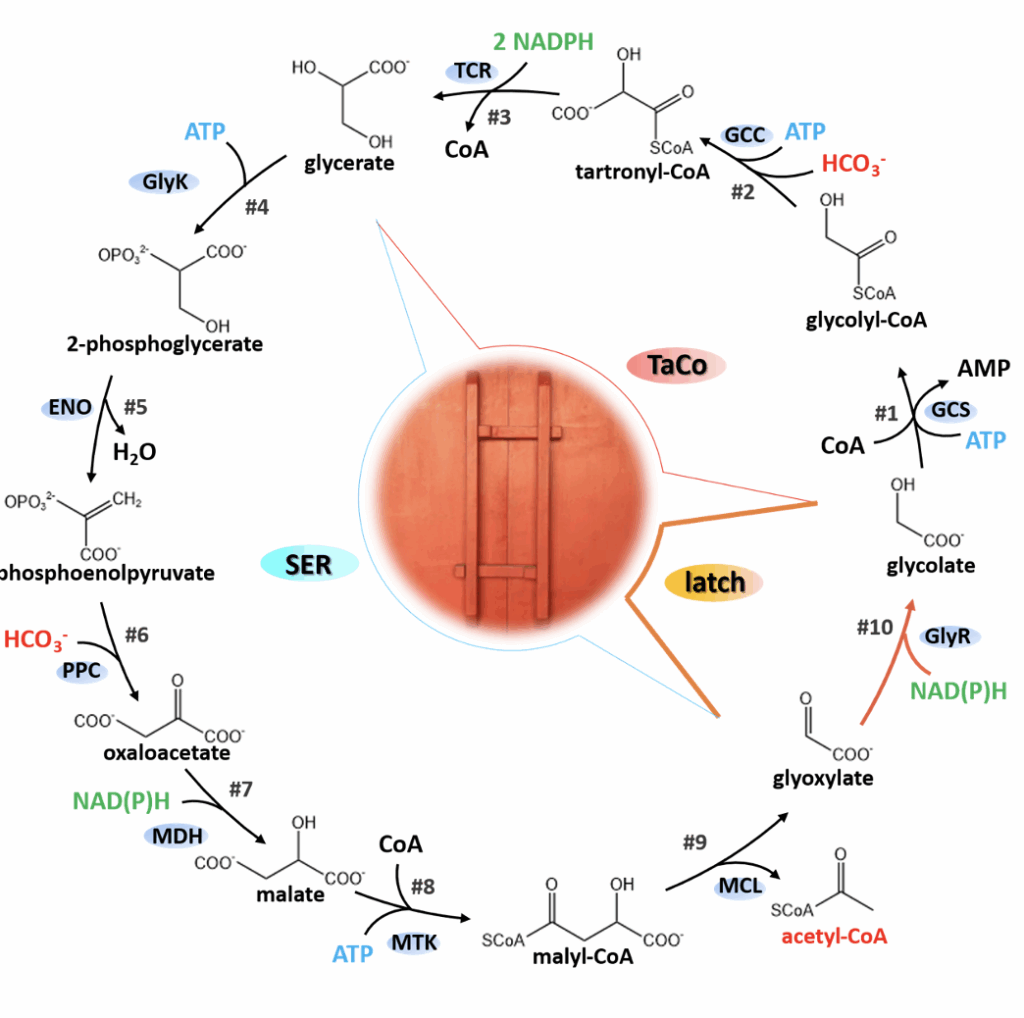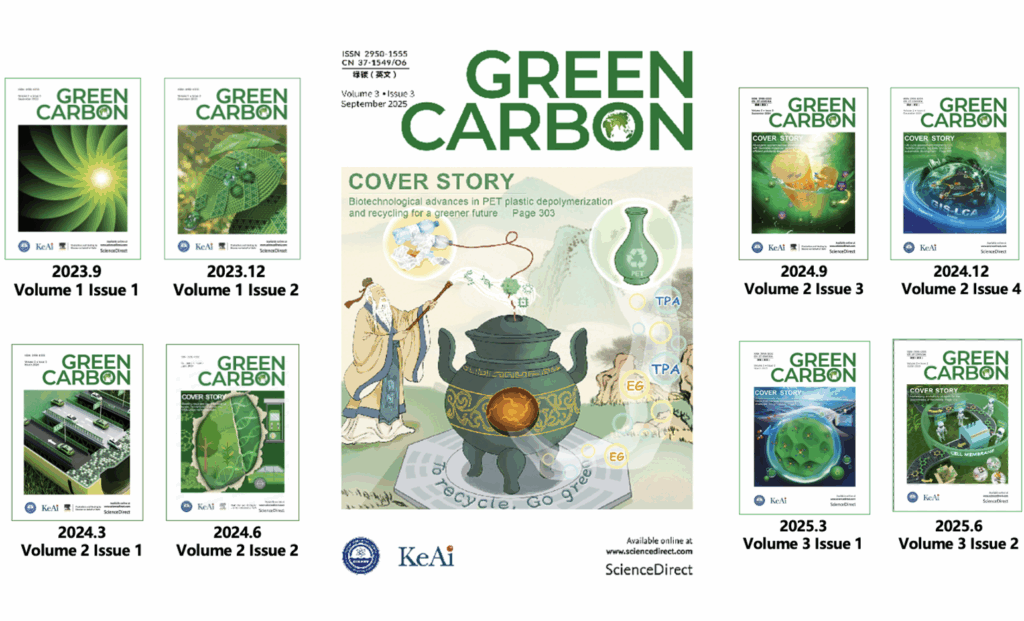https://english.news.cn/20240826/bcc0b831623a49e590ff4c21d0c6b68b/c.html
https://www.nature.com/articles/s41560-024-01596-6
A research team from CAS QIBEBT has developed a new homogeneous cathode material, which will enable solid lithium batteries to have higher safety and superior performance, has not yet been named. It achieves over 1,000 times the electronic and ionic conductivity of traditional battery cathode materials. It can smoothly undergo charge and discharge cycles without conductive additives, which simplifies the battery preparation process and also improves the performance of the all-solid-state lithium battery.
Homogeneous cathodes were composed of 100% Li1.75Ti2(Ge0.25P0.75S3.8Se0.2)3 enable room-temperature all-solid-state lithium batteries to achieve a cycle life of over 20,000 cycles at 2.5 C with a specific capacity retention of 70% and a high energy density of 390 Wh kg−1 at the cell level at 0.1 C. This cathode homogenization strategy contrasts to the conventional cathode heterogeneous design, potentially improving the viability of all-solid-state lithium batteries for commercial applications.




